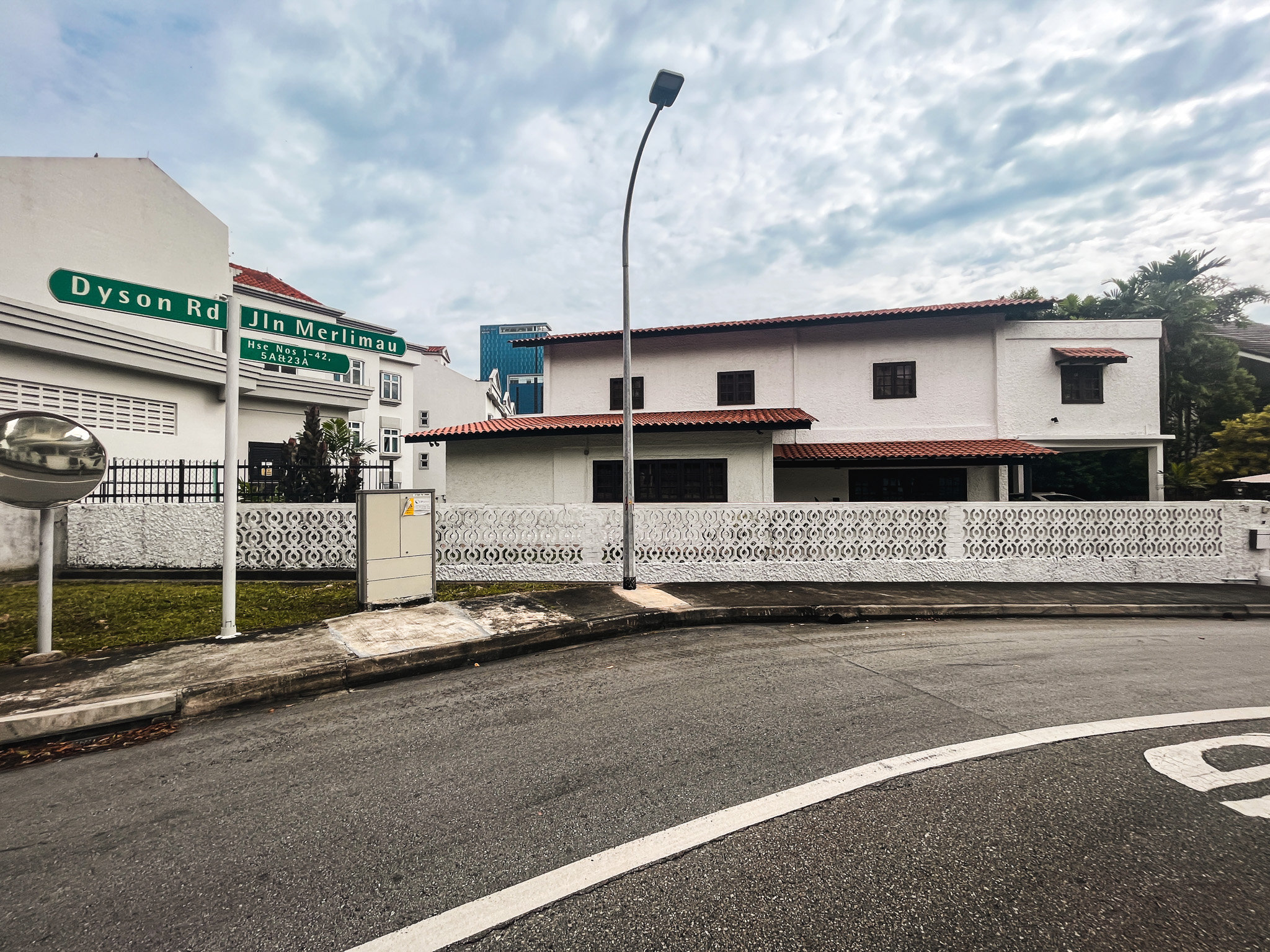Why More Families Are Choosing Two-Bedders Over Bigger Properties in 2025
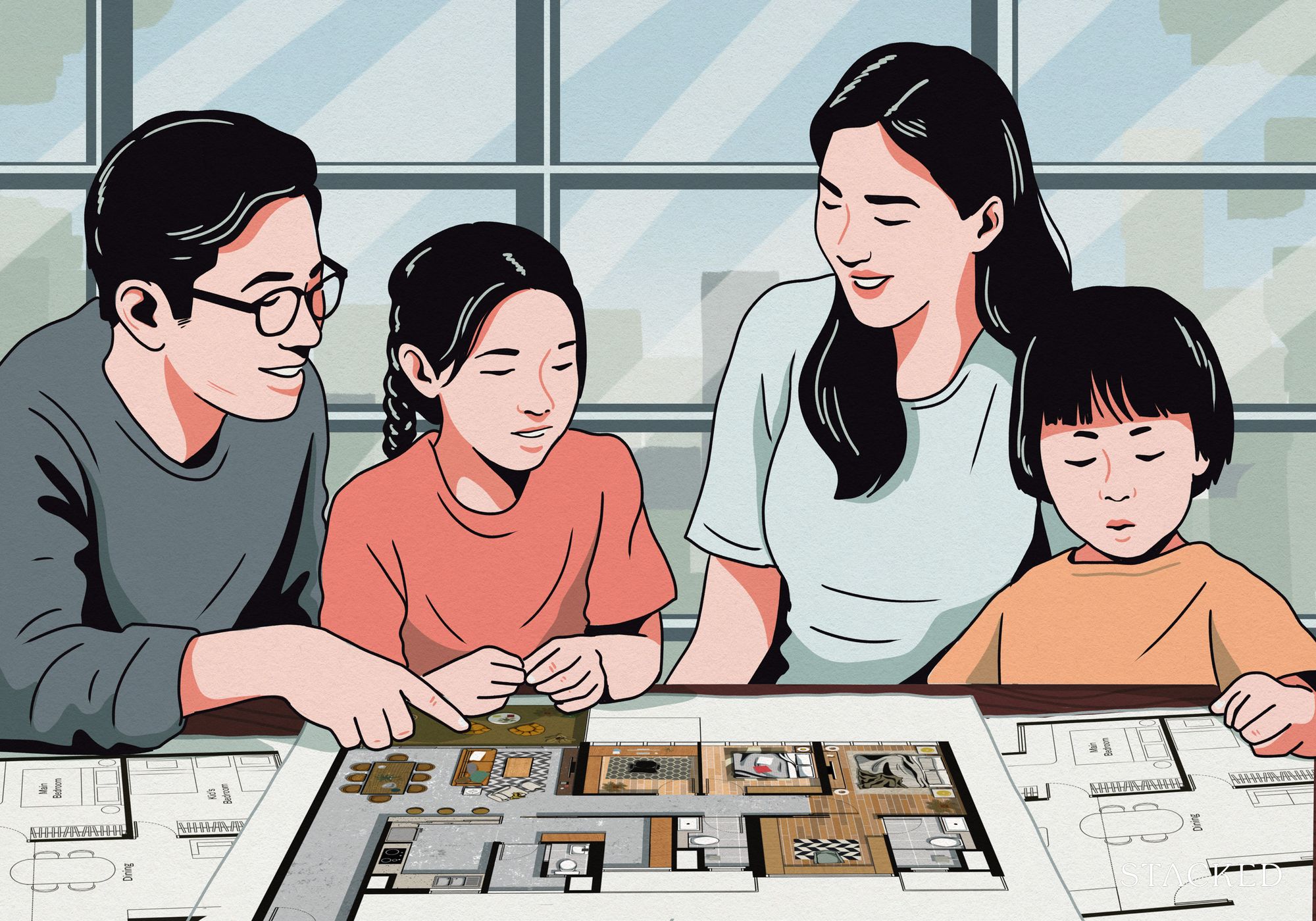
Get The Property Insights Serious Buyers Read First: Join 50,000+ readers who rely on our weekly breakdowns of Singapore’s property market.
A seasoned content strategist with over 17 years in the real estate and financial journalism sectors, Ryan has built a reputation for transforming complex industry jargon into accessible knowledge. With a track record of writing and editing for leading financial platforms and publications, Ryan's expertise has been recognised across various media outlets. His role as a former content editor for 99.co and a co-host for CNA 938's Open House programme underscores his commitment to providing valuable insights into the property market.
Not too long ago, one and two-bedder units were mainly properties for landlords. These smaller units were mostly prized for high rental yields, but were considered too small for family homes. At the most, a two-bedder was considered a stepping stone for young couples. Today though, a new pattern has emerged. From sales numbers in show flats, to word on the ground from realtors, an increasing number of Singaporean families are turning to two-bedder units. Here’s the why and how of it:
What is a “two-bedder” in 2025?
In 2025, the term “two-bedder” covers more ground than it used to.
In previous decades, a two-bedder referred to a unit with two bedrooms and one or two bathrooms, and some older two-bedders could reach up to 850 sq ft. But today most two-bedders – especially in new launches – tend to be smaller, more space-efficient, and often include a study or utility nook.
Most new launch two-bedders now fall in the 500 to 600 sq ft. range (because of GFA harmonisation). Families tend toward “premium” two-bedders such as “2+1” layouts, where a small study area can be used as an additional room; these are sometimes also marketed as “compact three-bedders.”
Almost all family buyers pick configurations with two bathrooms, and two-bed, two-bath is usually a non-negotiable minimum. Some agents will also tell you that two-bed, one-bath configurations don’t sell well in general.
There are several reasons why these types of two-bedders are increasingly chosen by families:
- Sales figures show the market accepts the trade-off in space for a lower quantum
- Improved efficiency in two-bedder layouts
- Shifting more weight to common facilities
- Shrinking households might make smaller homes more viable
1. Sales figures show the market accepts the trade-off in space for a lower quantum
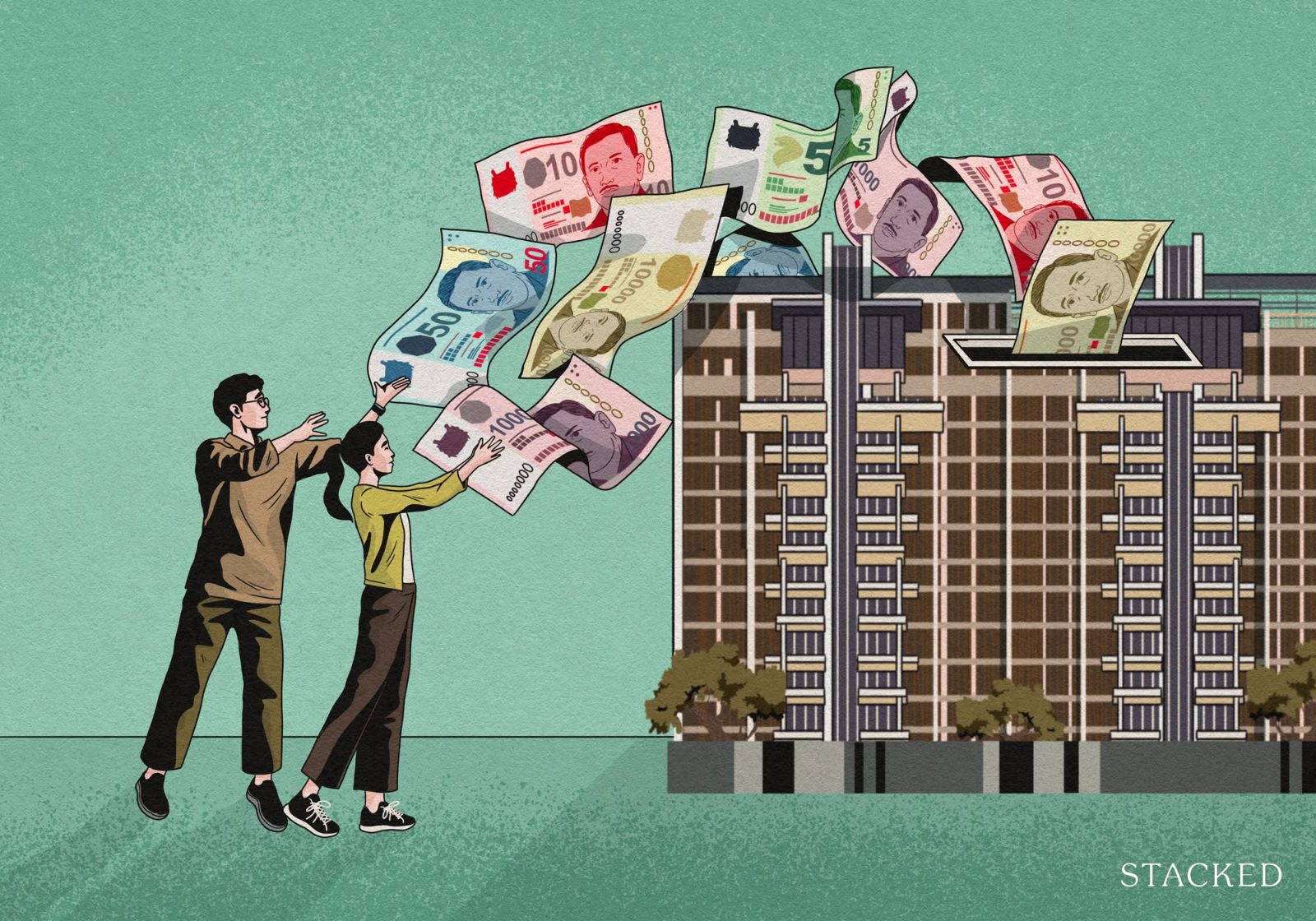
Price PSF ($PSF) is no longer the focus of developers and buyers in 2025. Rather, the attention is on the overall price (quantum). Ultimately, quantum is what determines the minimum down payment, the loan amount, the stamp duties, etc.
This is also partly due to GFA harmonisation: projects today don’t factor in air-con ledges or strata void space, whereas projects in the past did; this makes comparison on a $PSF basis misleading, especially if you were to compare to an older resale unit.
For these reasons, the main priority among developers today is to keep to a quantum of $1.8 million to $2 million; even better if they can go lower. This is roughly the affordability range of an HDB upgrader, after they have the sale proceeds from their flat.
We see the impact of this pricing strategy in recent sales figures:
At River Green, 88 per cent of all units sold on launch weekend were two-bedders or smaller, many priced under $2.1 million, while at ParkTown Residence, two-bedders made up 49.1 per cent of the unit mix, and were among the fastest to sell at launch. We can also see two-bedders making up a much bigger portion of the unit mix these days; about two-thirds of LyndenWoods’ unit mix were two-bedders, and they made up the largest single category at ELTA at over a third of the units.
As an aside, the price gap between two and three-bedders can be bigger than the gap between three and four-bedders, or the larger unit sizes. For example:
At River Green, two-bedroom units are priced from approximately $1.5 million, with premium two-bedders going up to around $1.72 million. However, three-bedroom units begin at about $2.25 million, while four-bedroom units start from roughly $2.8 million (see the pricing review here.)
This results in a price gap of around $750,000 between two- and three-bedders, but only a $550,000 difference between three- and four-bedders. In effect, the two to three-bedder gap sometimes marks the point where the quantum increases significantly.
At Bloomsbury Residences in One-North, over half the project’s 358 units are two-bedders, ranging from compact 571 sq ft layouts to more family-friendly “premium + study” versions at 689 sq ft. These latter types clearly target smaller families: the study nook can be enclosed as a nursery or home office, while the U-shaped kitchens and Jack and Jill bathrooms help make the units feel more like compact three-bedders. It’s a strong example of how developers are actively designing two-bedders to work as starter family homes, not just rental stock.
Occasionally, we even see remarkable exceptions like Springleaf Residence, where the two-bedders are just around $1.078 million; an easily attainable upgrade even from a smaller flat (Springleaf’s three-bedders still reach $1.618 million though, so that’s still a $540,000 difference between two and three-bedders!)
Buyers who are insistent on a particular location may surrender the extra room, just to make the given project affordable to them. Ergo, the two-bedder becomes the fallback that they choose.
2. Improved efficiency in two-bedder layouts
Newer two-bedders may be smaller in square footage, but they often make up for it with superior space planning.
More from Stacked
For Freehold Condos At Stevens, Will Glyndebourne Or The Equatorial Be A Better Option?
Hi Stacked Homes,
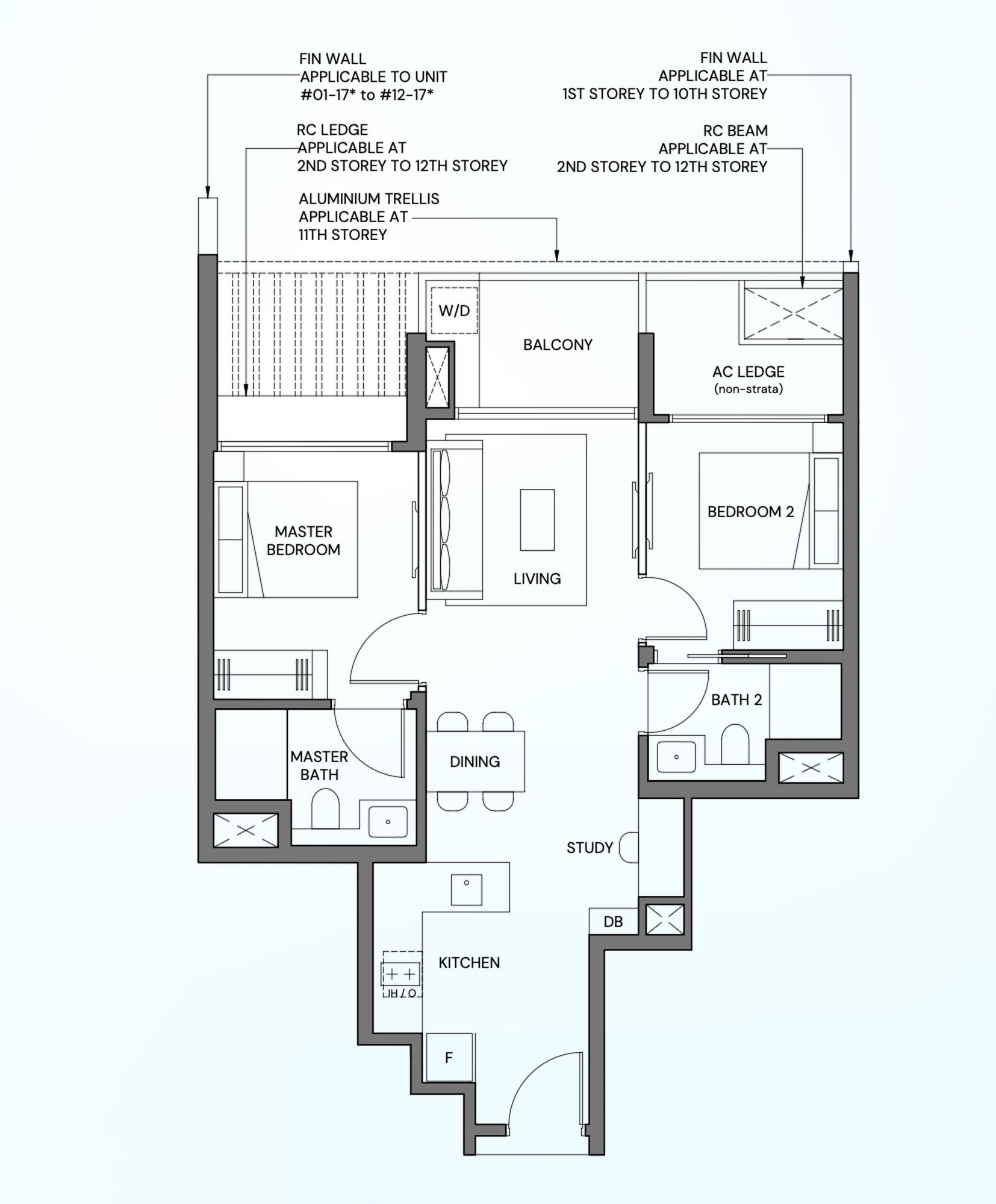
At Canberra Crescent Residences, for example, the two-bedroom layouts average just under 730 sq ft; but many come with an enclosed kitchen, and the common and master bathrooms are sensibly spaced apart to improve privacy.
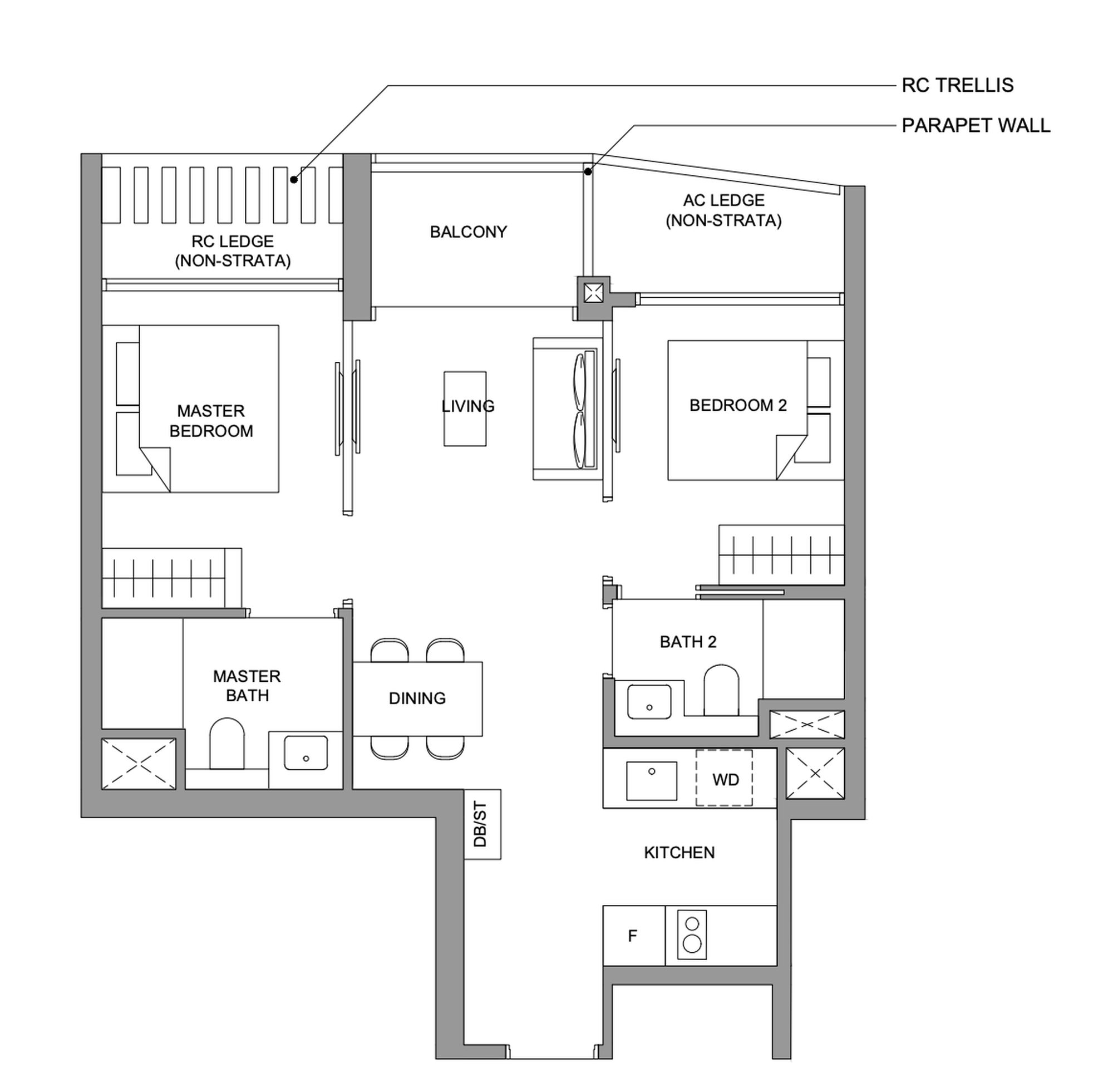
River Green similarly features two-bedders in the 603 sq ft premium range, but the developer focused on practical touches, like a Jack and Jill entrance for a bathroom that also makes it an en-suite for one of the bedrooms.
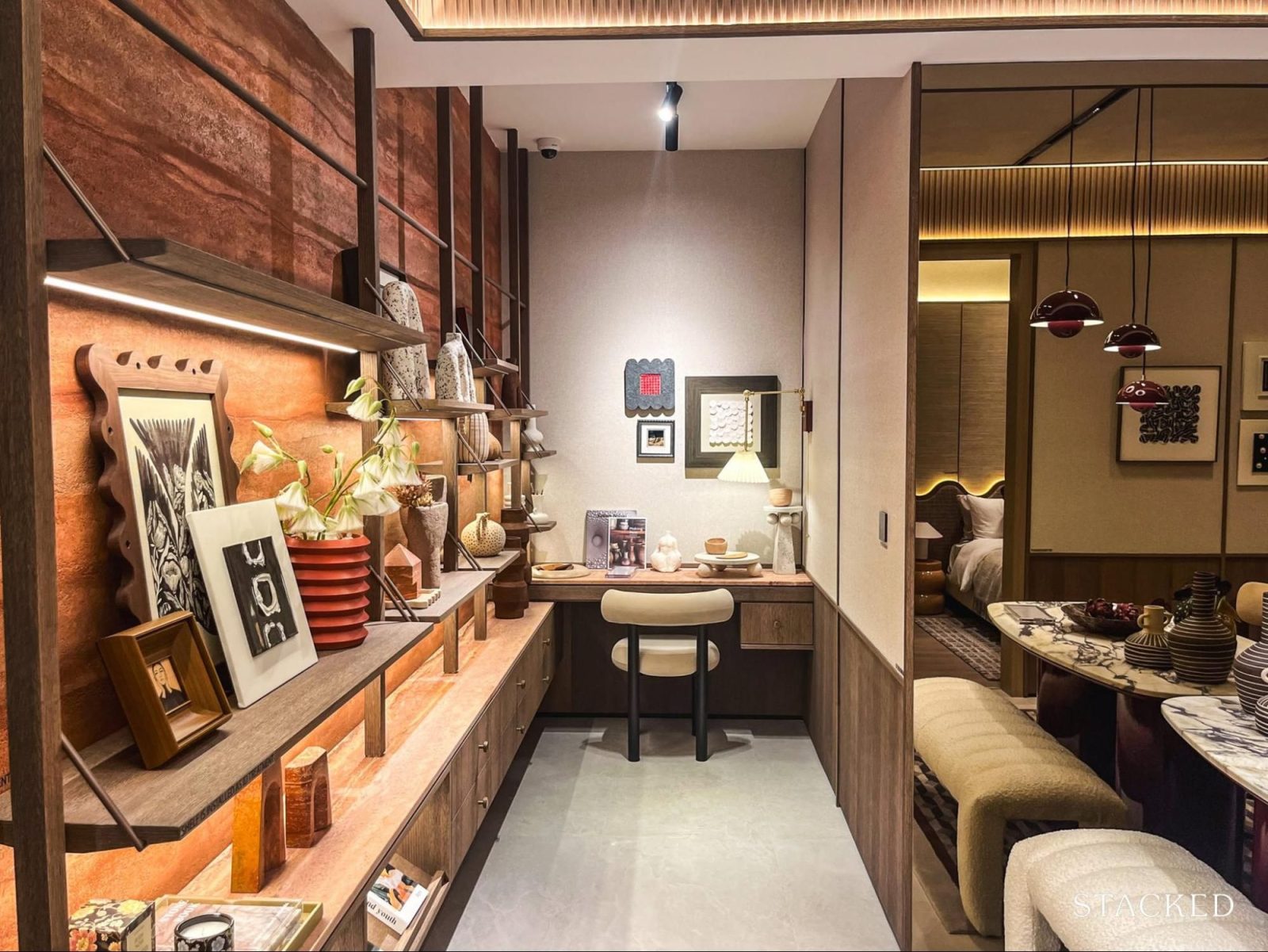
In ParkTown Residence, the two-bedroom “premium” layouts include a study alcove, which can double up as a walk-in wardrobe, compact nursery, or even a small home office.
Older two-bedders may have more square footage, but they lack elements like these; many of the older ones have their square footage “padded” with unlivable elements like big air-con ledges, strata void space, planter boxes, etc.
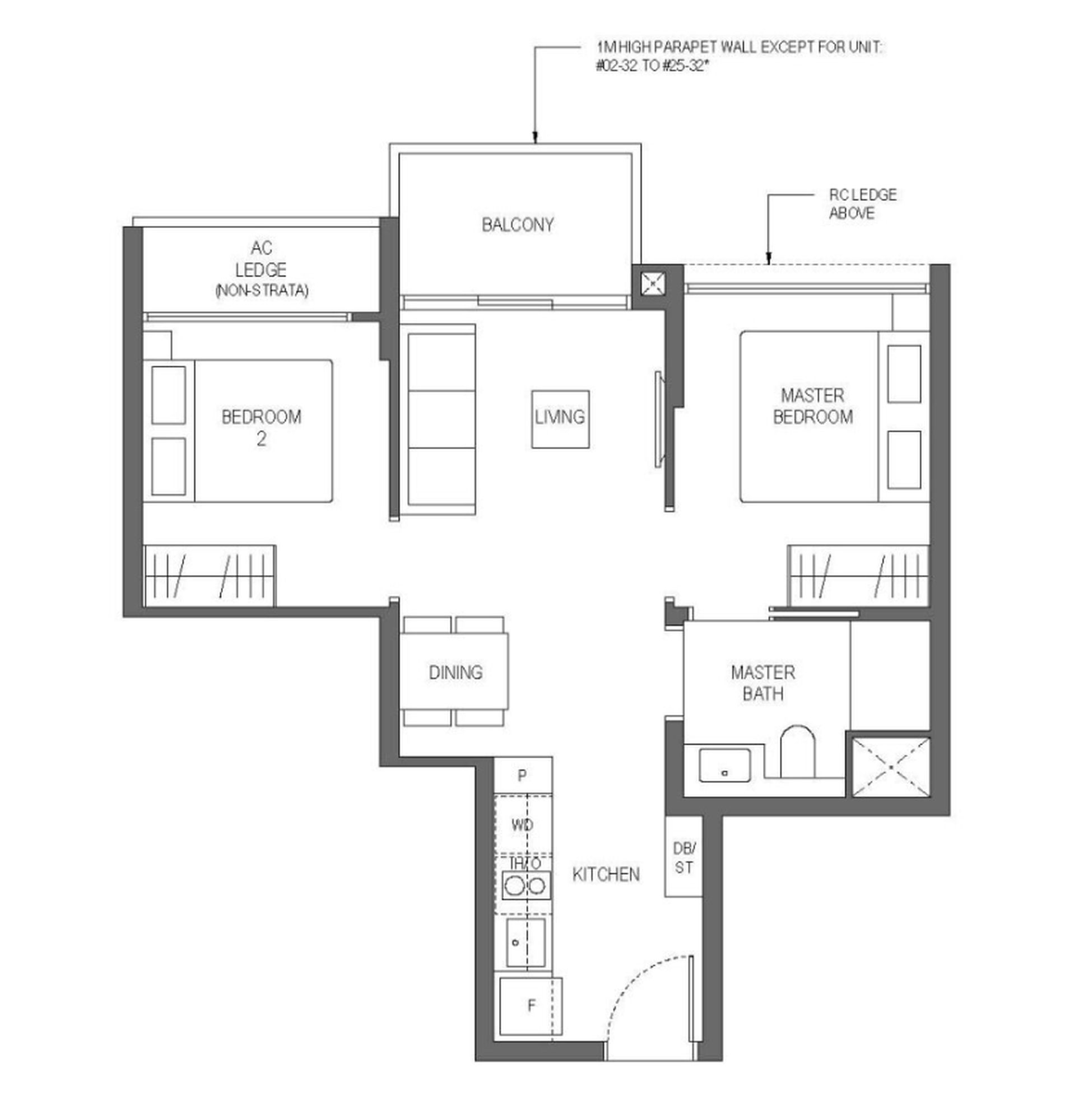
Versatility is another factor. At Springleaf Residence, two-bedders are quite compact (as small as 527 sq ft). But because it’s non-PPVC, the walls can be reconfigured. There’s flexibility to enlarge a bedroom, create a small work space, etc. This is also true for Lyndenwoods, River Green, and an increasing number of projects today.
These elements make newer two-bedders more livable for families, even if there’s a trade-off in sheer square footage.
3. Shifting more weight to common facilities
A prime example of this is the implementation of co-working spaces in more condo clubhouses (or other specially designated areas). You’ll find this in River Green, Midtown Bay, Canberra Crescent Residences, etc.
Developers are aware that Work From Home (WFH) arrangements are a major factor today. By “outsourcing” the office area to the common facilities, it removes the need to turn a bedroom or study into a home office, which helps a lot in the smaller two-bedder units.
We also see this with event spaces. River Green has a “Jewel” facility located adjacent to the entrance, and it’s styled like a private clubhouse rather than a standard function room. It’s fitted with a bar, wine chiller, projector-TV, and induction hobs and ovens.
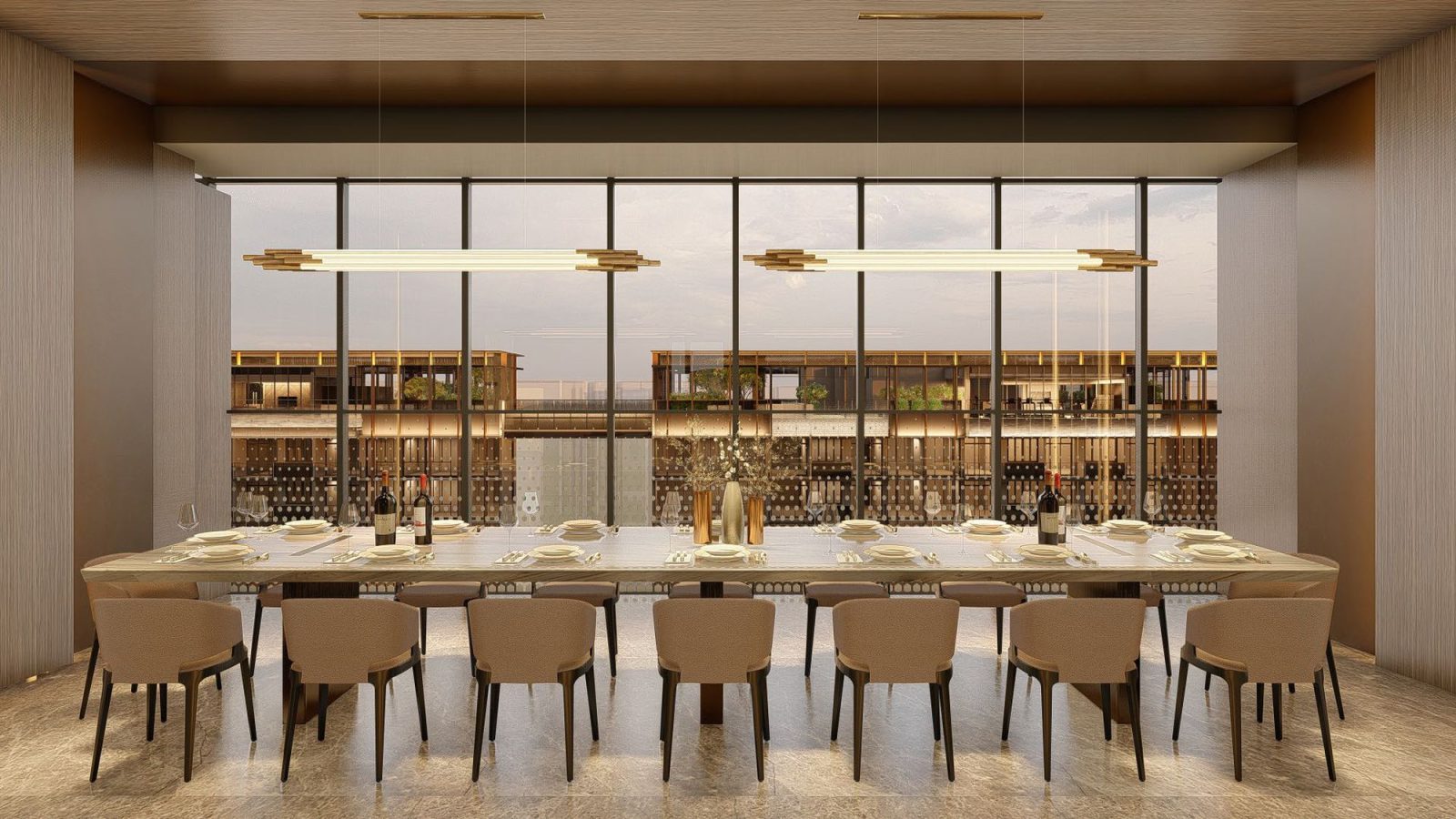
At The Continuum, there’s a 600 sq ft Sky Club with a central chef counter and a 16-person dining space; and you can cook there, use a private chef, etc.
These types of communal spaces do require the annoyance of facility bookings; but they also mean you can host events even without a larger three or four-bedder unit. This is subject to issues of availability though, so it’s still a compromise on having a larger unit.
4. Shrinking households might make smaller homes more viable
Our household sizes are shrinking. There are fewer families with more than one child; and buyers may be thinking ahead to the point where the children eventually move out.
In 2024, the average resident household size in Singapore was 3.09 persons, down from 3.11 in 2023 and 3.47 just a decade ago. Among those with private homes, the average household size was approximately 3.17 persons in 2023, matching the household size for HDB 4-room flats.
Smaller households naturally require less space: for couples with just one child, for example, the jump in quantum for one extra room may not be justified. If they can be content with both parents in the master bedroom, and the child in the second bedroom, the tradeoffs are significant: it can mean the difference between a CCR and OCR location, or the difference between excellent school and MRT access, versus an “ulu” project.
That said, this is troubling, and I do wish it wasn’t happening
Ten years ago, it would’ve seemed unthinkable that two-bedders under 750 sq ft would become family homes; and yet, here we are.
But this isn’t entirely new. If we look at how big resale condos and older HDB flats used to be, it’s clear that Singapore has been inching toward smaller homes for a long time. Executive maisonettes, five-room flats above 1,300 sq ft, and two-bedders pushing 900 sq ft were once common. Today, many new four-room flats hover around 950 sq ft, and two-bedders in private condos can fall below 700 sq ft.
Developers have responded by packing more functionality into less space, and Singaporeans have, for the most part, made peace with it. Between a $1.7 million two-bedder in River Valley and a $2.4 million three-bedder further out, the difference isn’t just space: it’s the entire lifestyle surrounding it.
For many families, that trade-off is now worth it.
I don’t think I’m alone in being a bit uncomfortable, and how we keep normalising smaller spaces. But regardless, the sales numbers, the layouts, and the launches all say the same thing: this is becoming a new norm.
For more on the property market as it unfolds, follow us on Stacked. If you’d like to get in touch for a more in-depth consultation, you can do so here.
Ryan J. Ong
A seasoned content strategist with over 17 years in the real estate and financial journalism sectors, Ryan has built a reputation for transforming complex industry jargon into accessible knowledge. With a track record of writing and editing for leading financial platforms and publications, Ryan's expertise has been recognised across various media outlets. His role as a former content editor for 99.co and a co-host for CNA 938's Open House programme underscores his commitment to providing valuable insights into the property market.Read next from Property Market Commentary
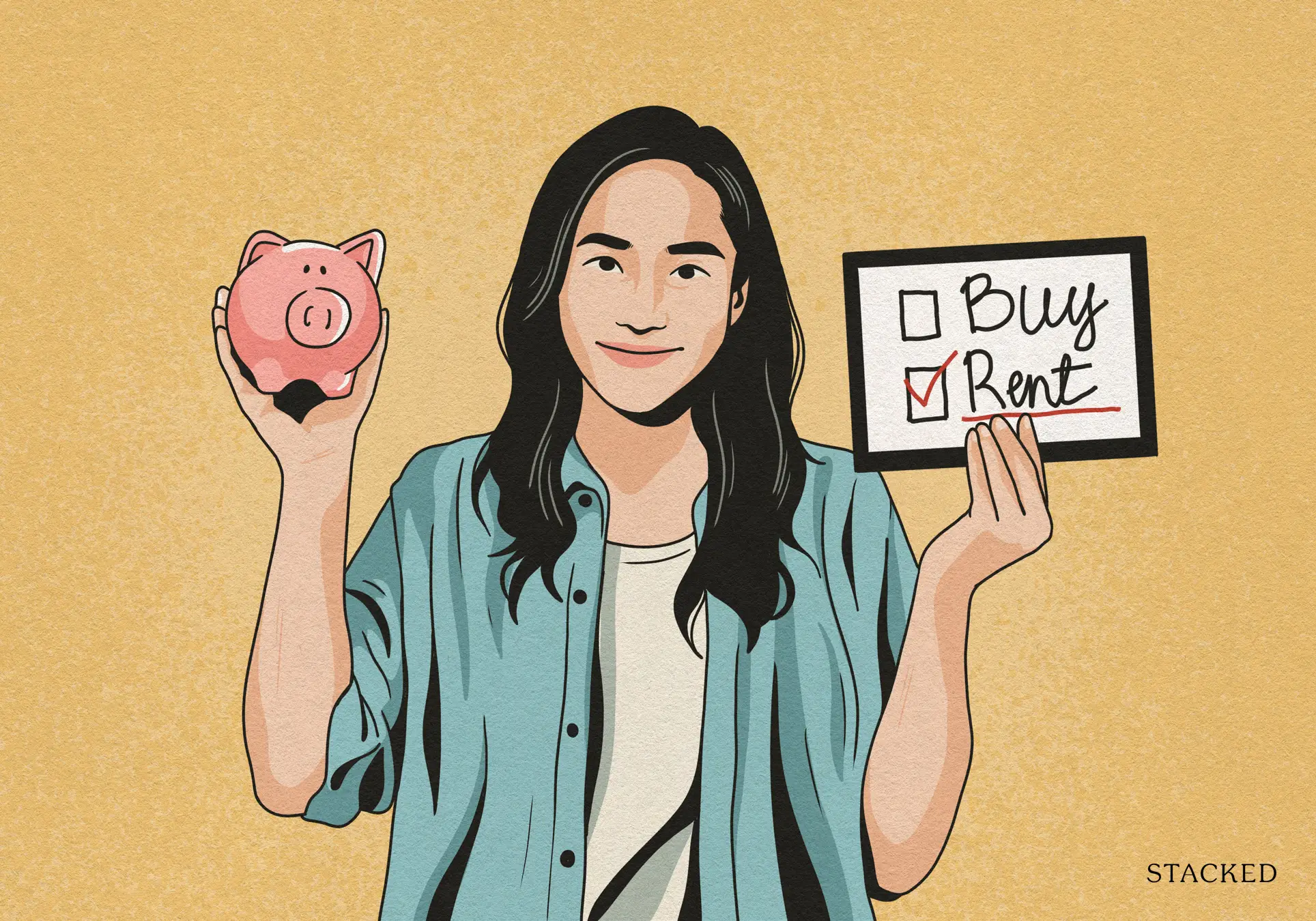
Property Market Commentary When Renting In Singapore Is The Smarter Move — And Buying Can Wait
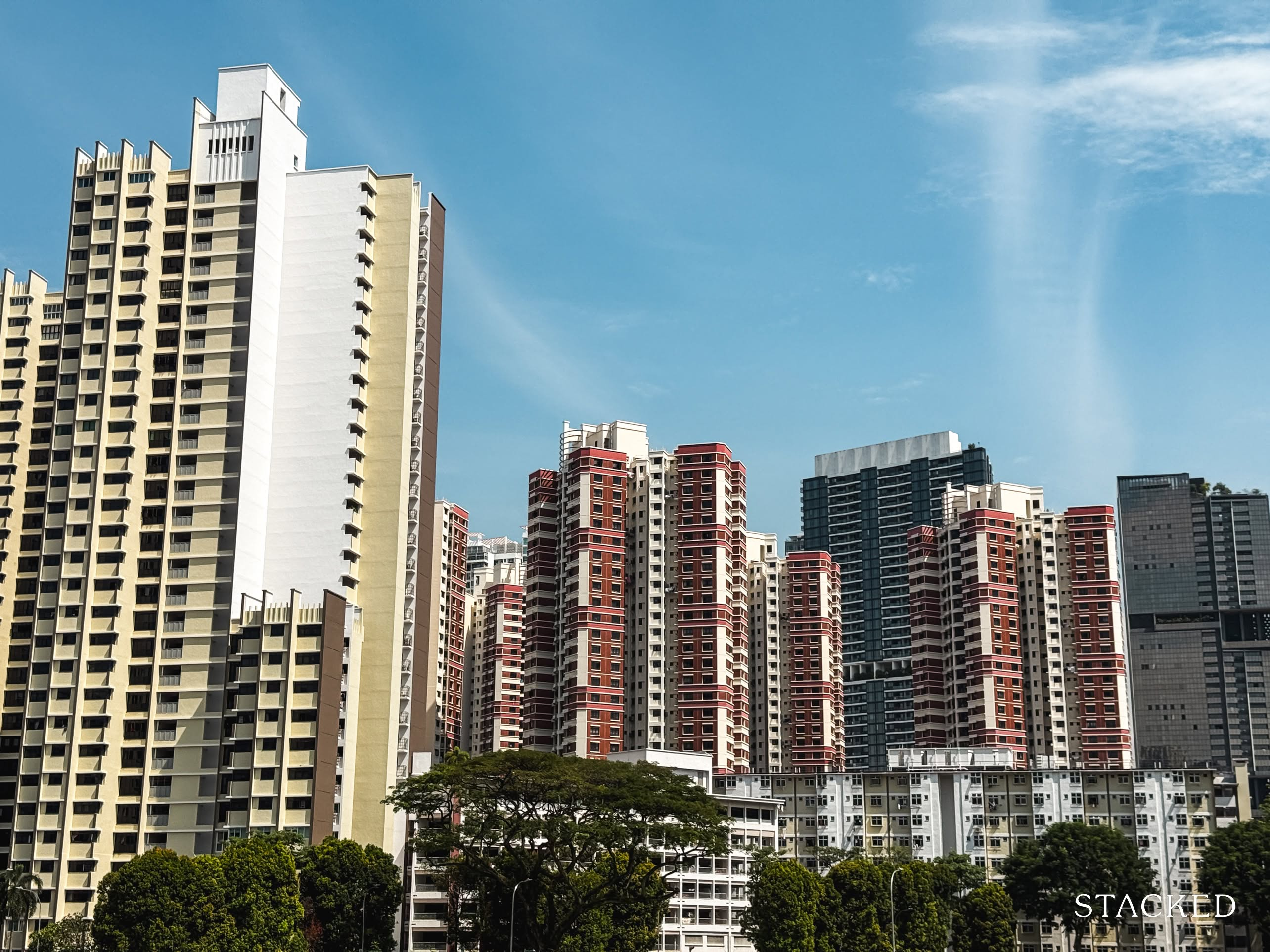
Property Market Commentary A Wave Of New HDB Resale Supply Is Coming In 2026: Here’s Where To Find Them
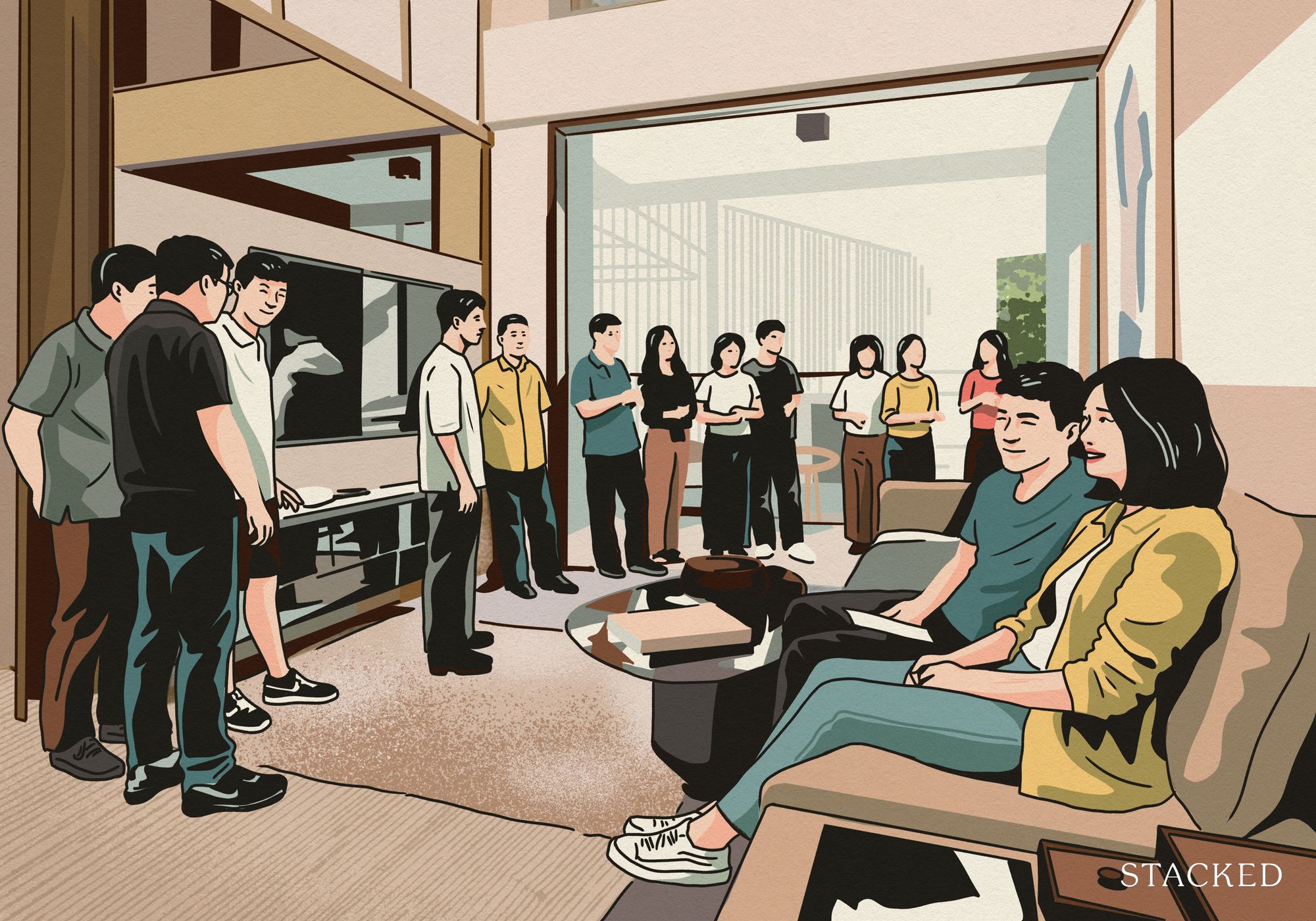
Property Market Commentary 5 Key Features Buyers Should Expect in 2026 New Launch Condos
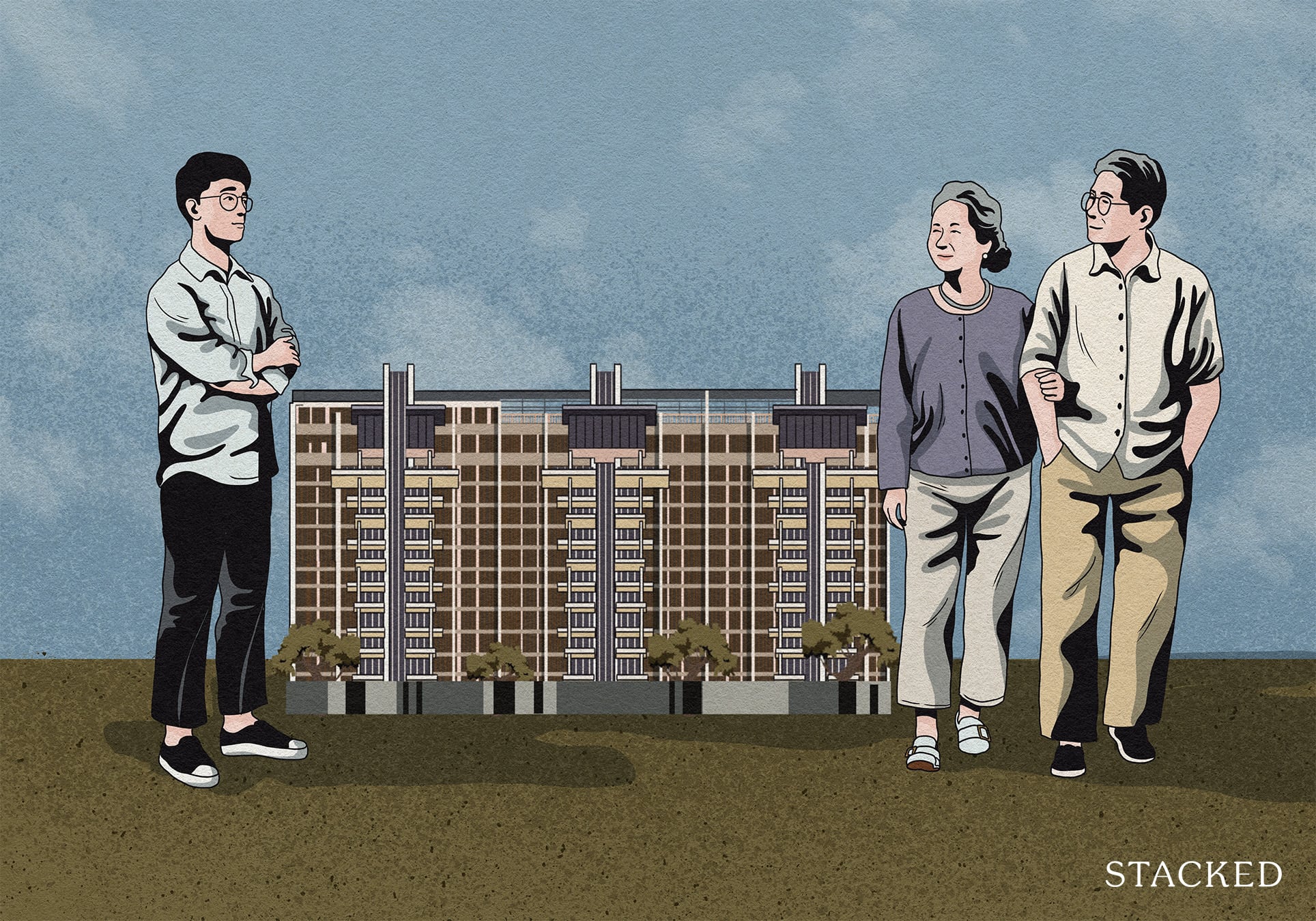
Property Market Commentary What “Lucky” Singaporean Homebuyers Used To Get Away With — That You Can’t Today
Latest Posts
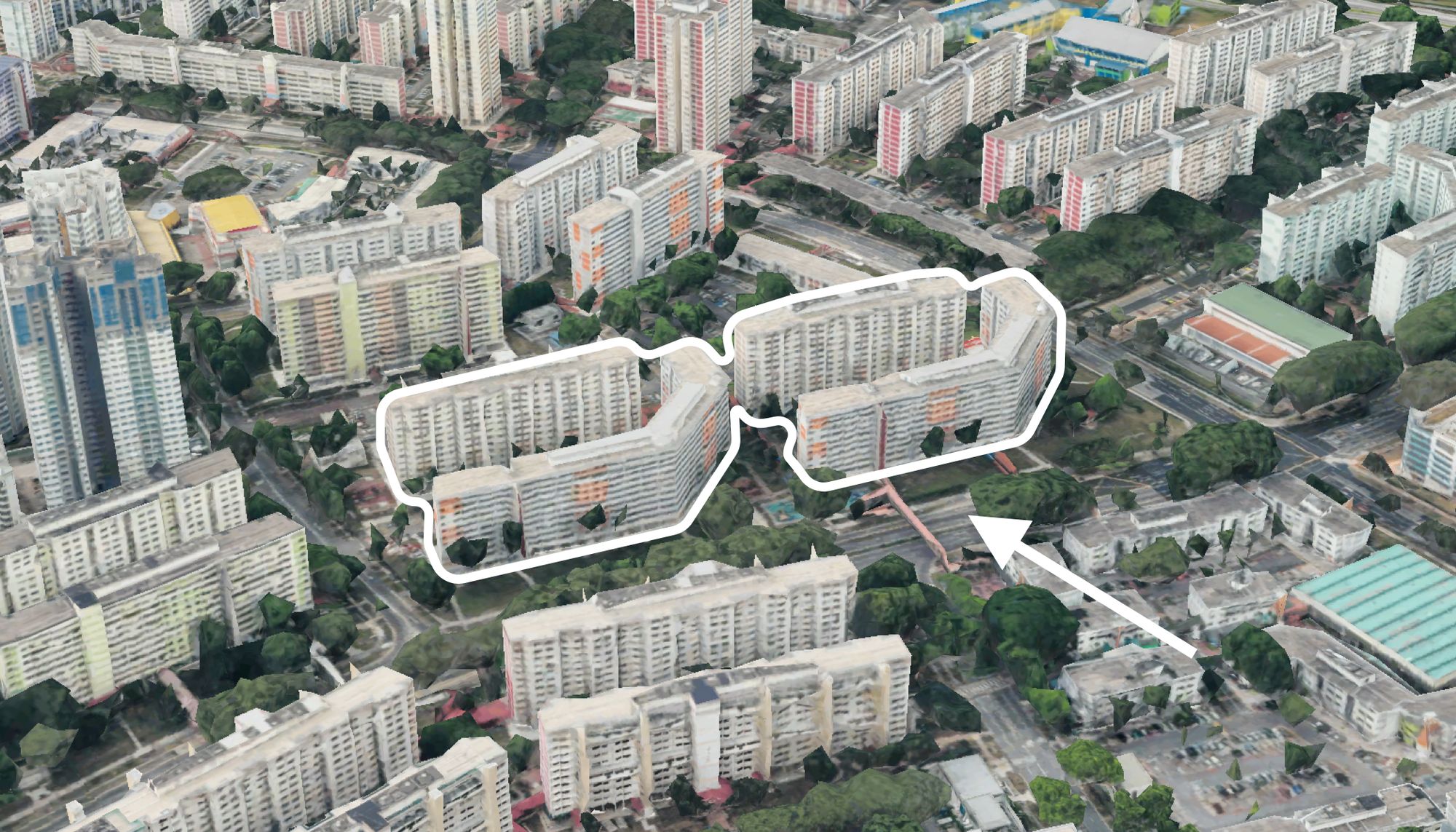
On The Market Here Are The Cheapest 4-Room HDB Flats in Central Singapore You Can Still Buy From $490K
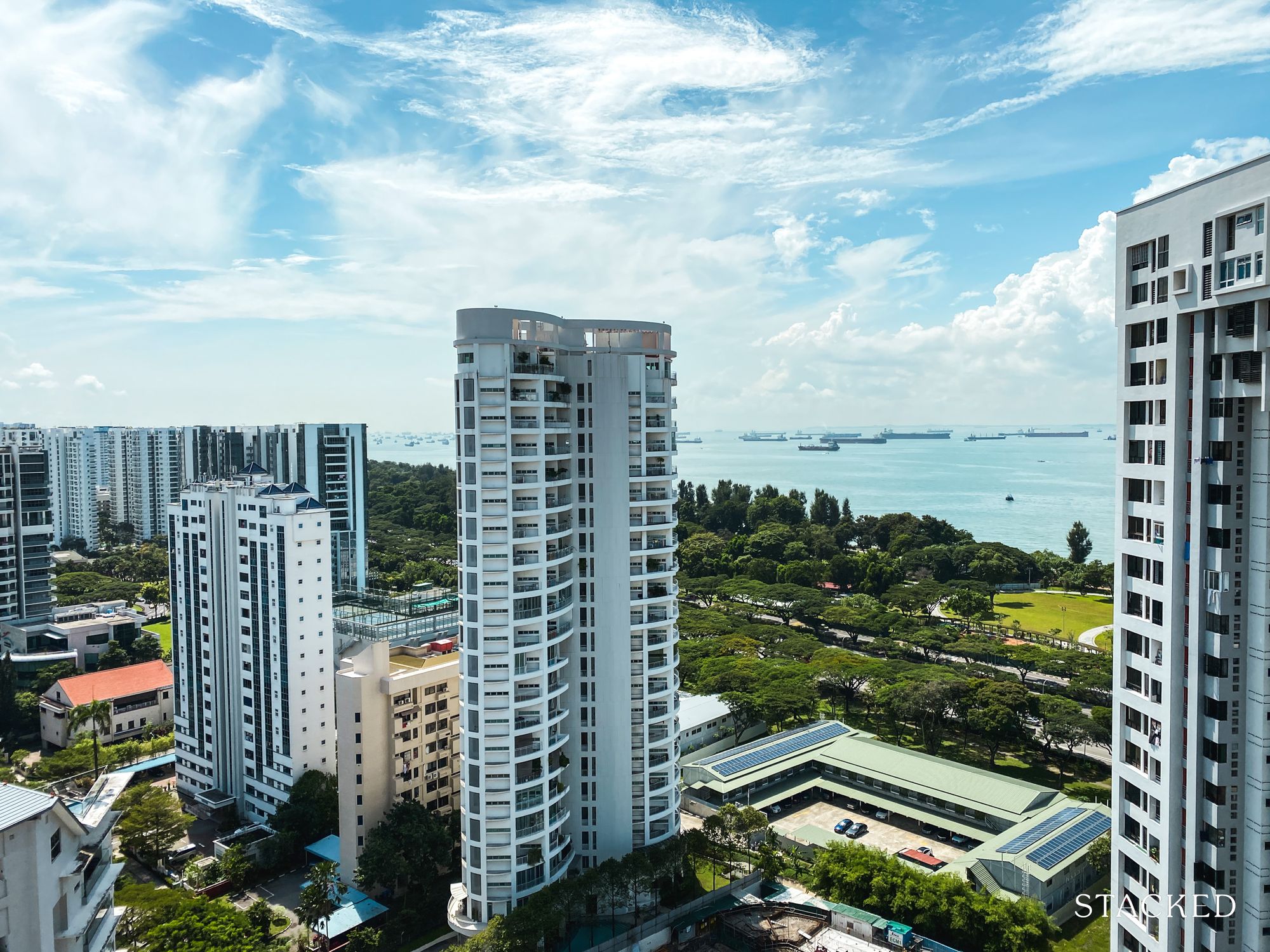
Editor's Pick Should We Buy An Old 99-Year Leasehold Condo To Live In: Will It’s Value Fall When The Lease Runs Out?
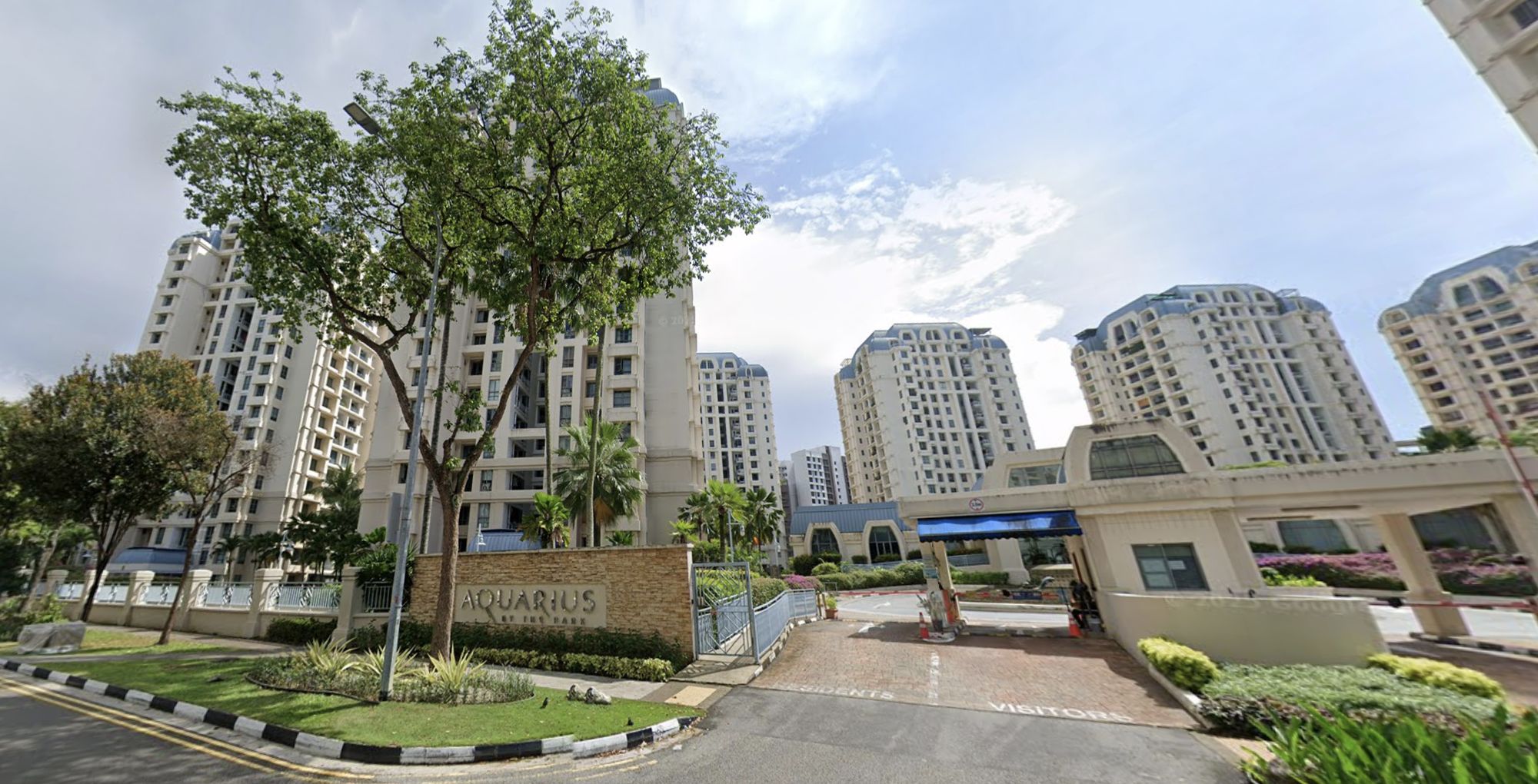
Pro How A Once “Ulu” Condo Launched In 1997 Became A Top Performer
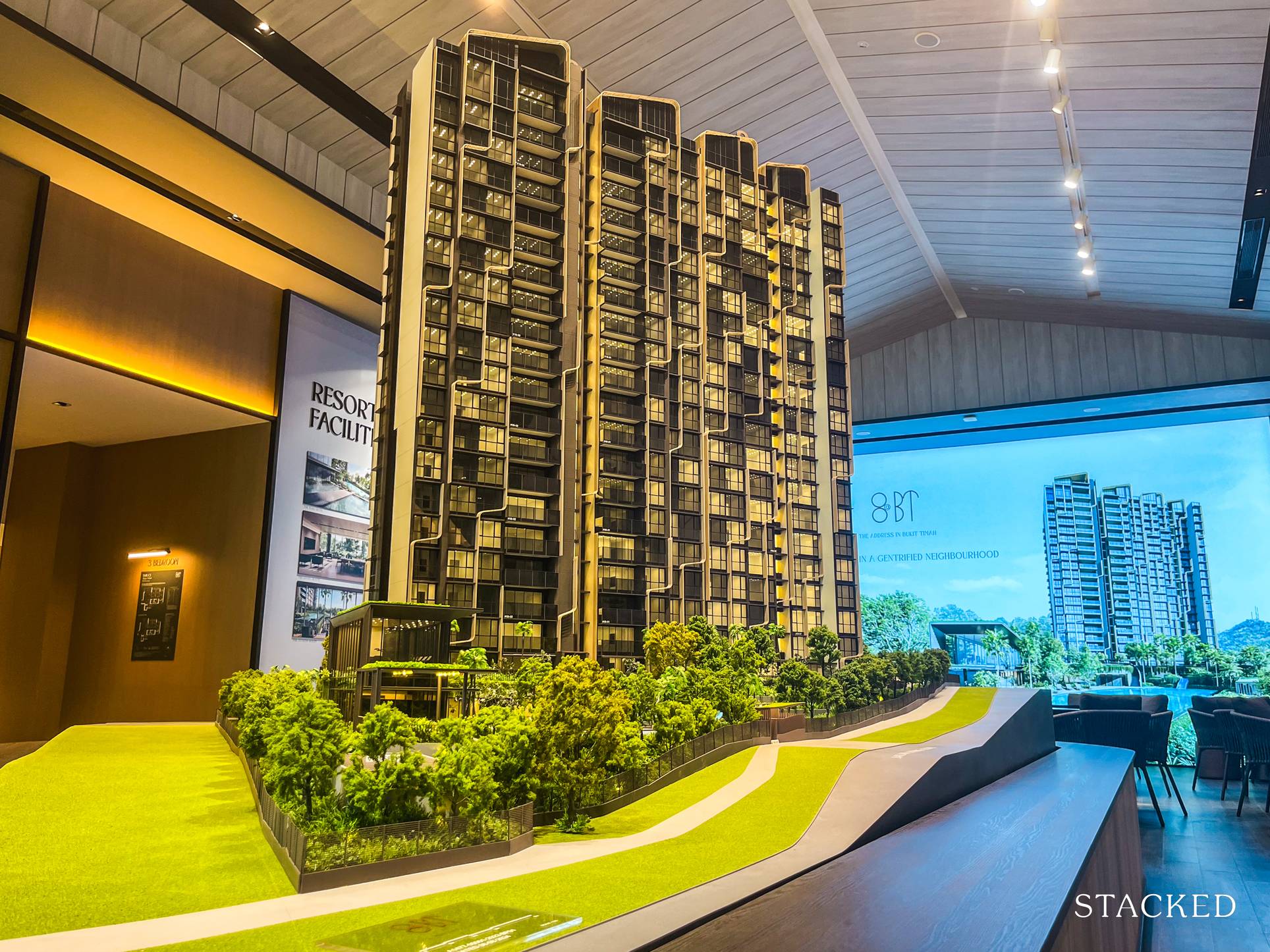
Editor's Pick I Reviewed A New Launch 4-Bedroom Penthouse At Beauty World
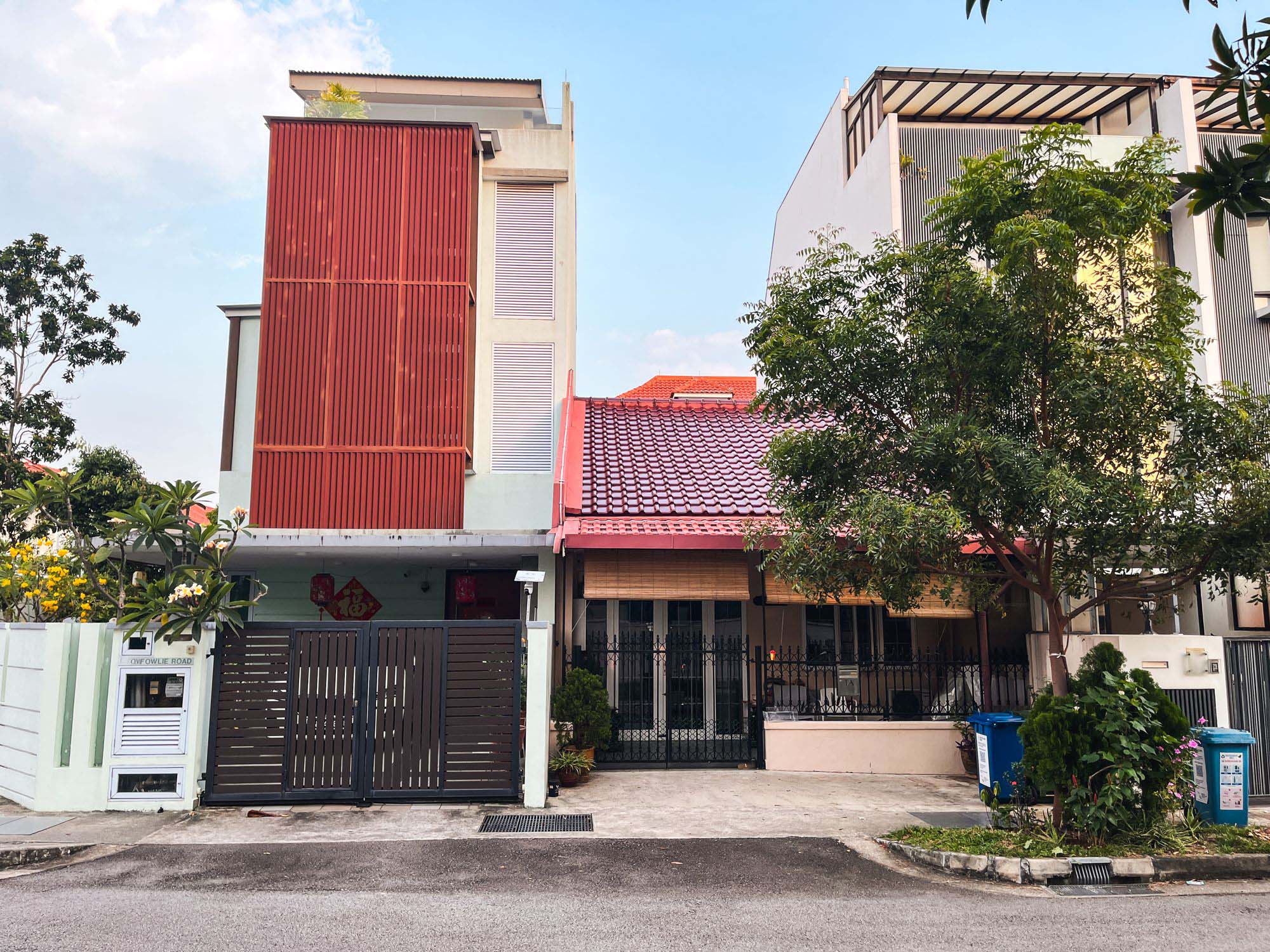
Editor's Pick Why Singaporean Families Are Looking At This Landed Enclave From Around $4M
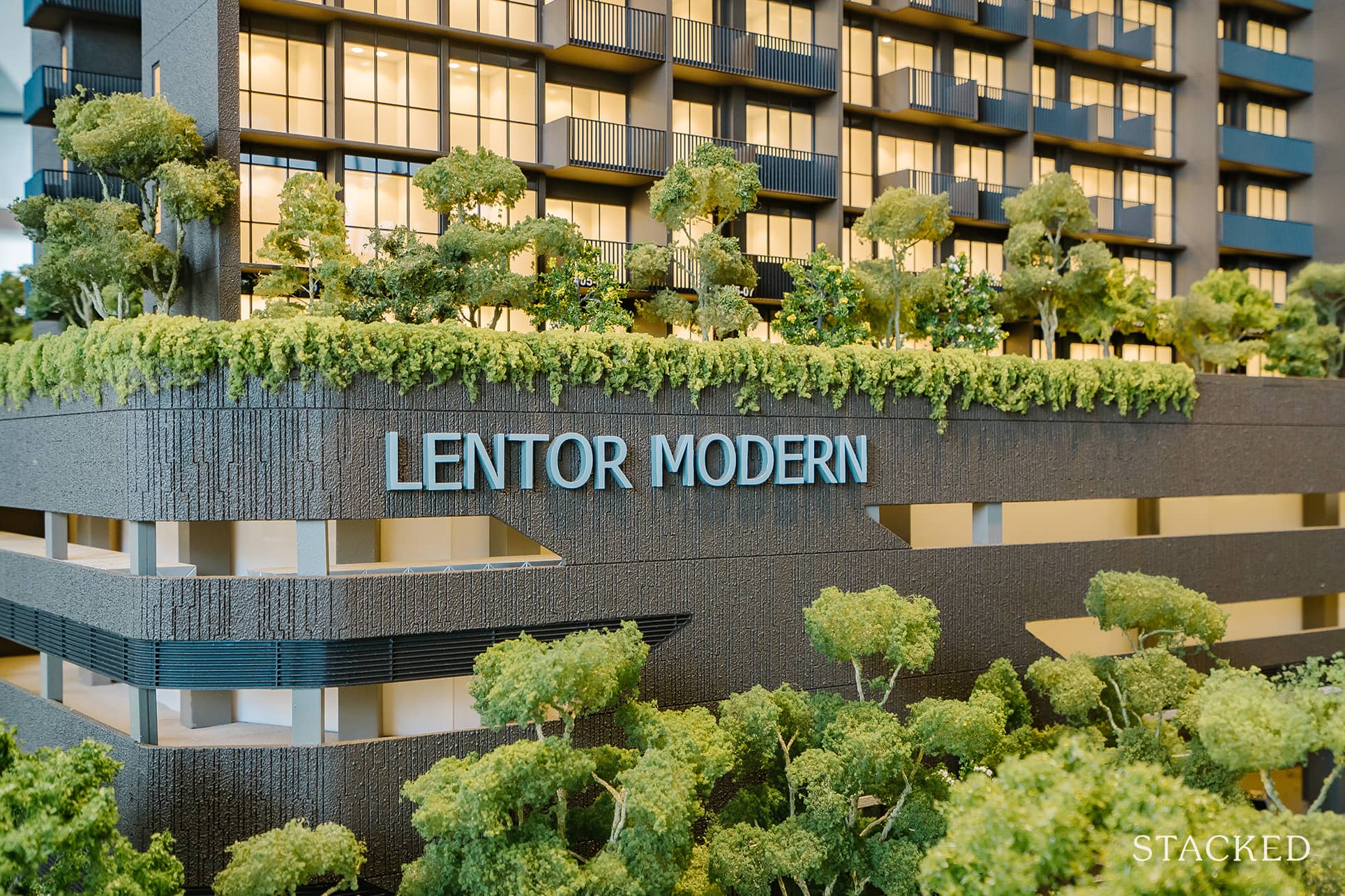
Singapore Property News Lentor’s First Condo Is Complete — The Early Profits May Surprise You

Property Advice We Own A $800K 1-Bedder And A $1.1M 3-Bedder: Is It Possible To Upgrade To A 4-Bedder Condo?
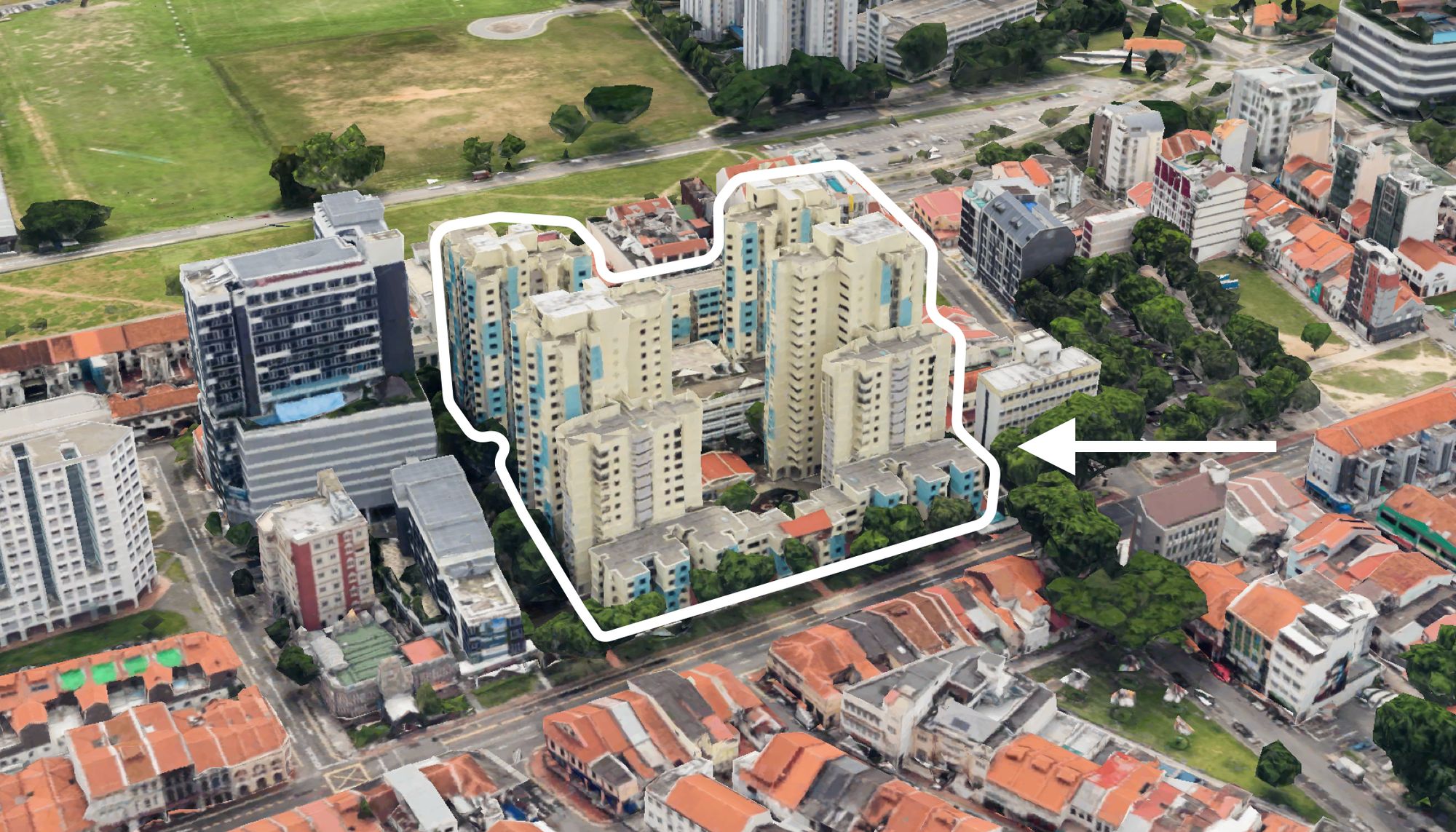
On The Market These Are Some Of The Cheapest 5-Room HDB Flats Left In Central Singapore
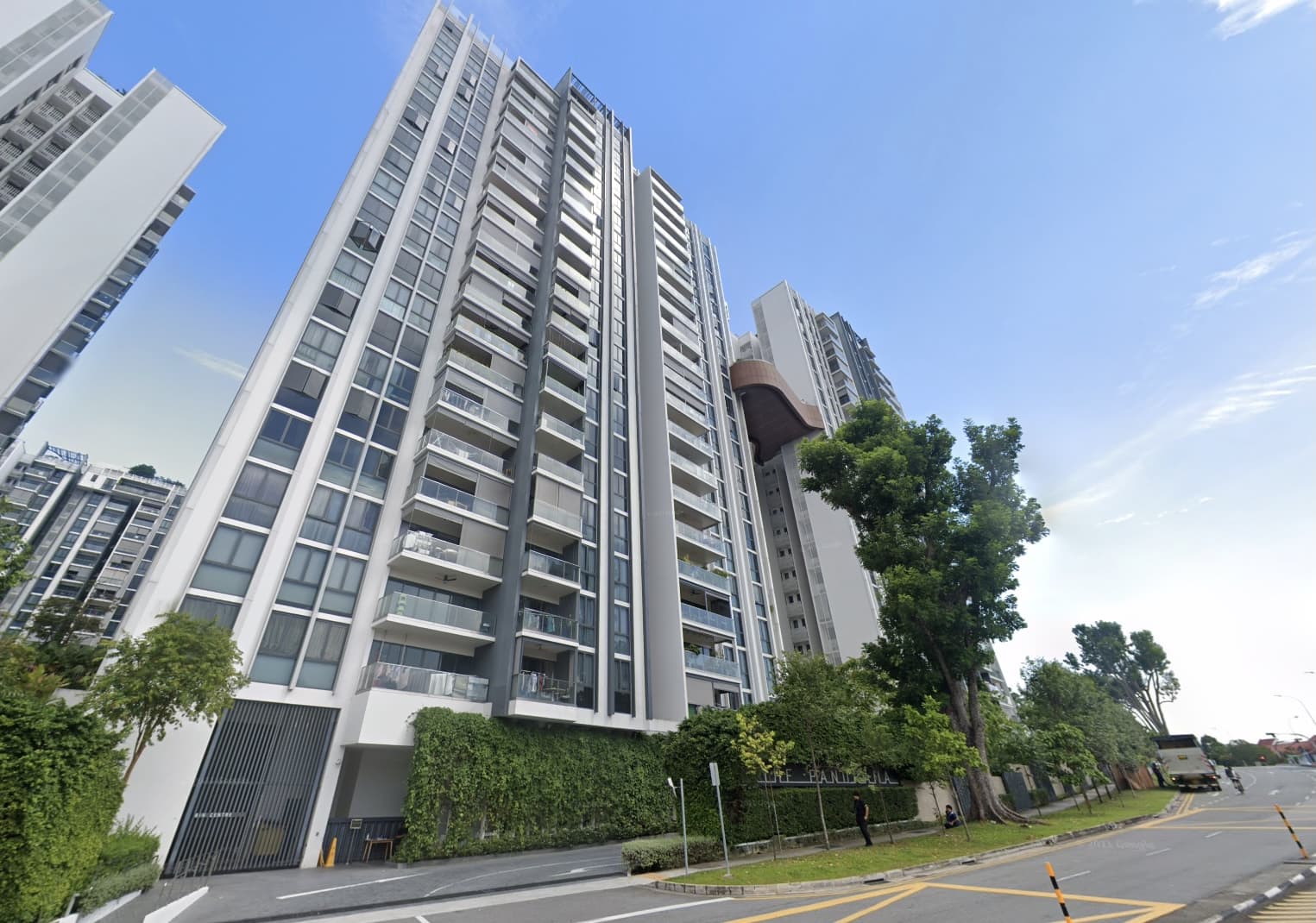
Pro This 698-Unit Ang Mo Kio Condo Launched At The Wrong Time — And Still Outperformed Peers
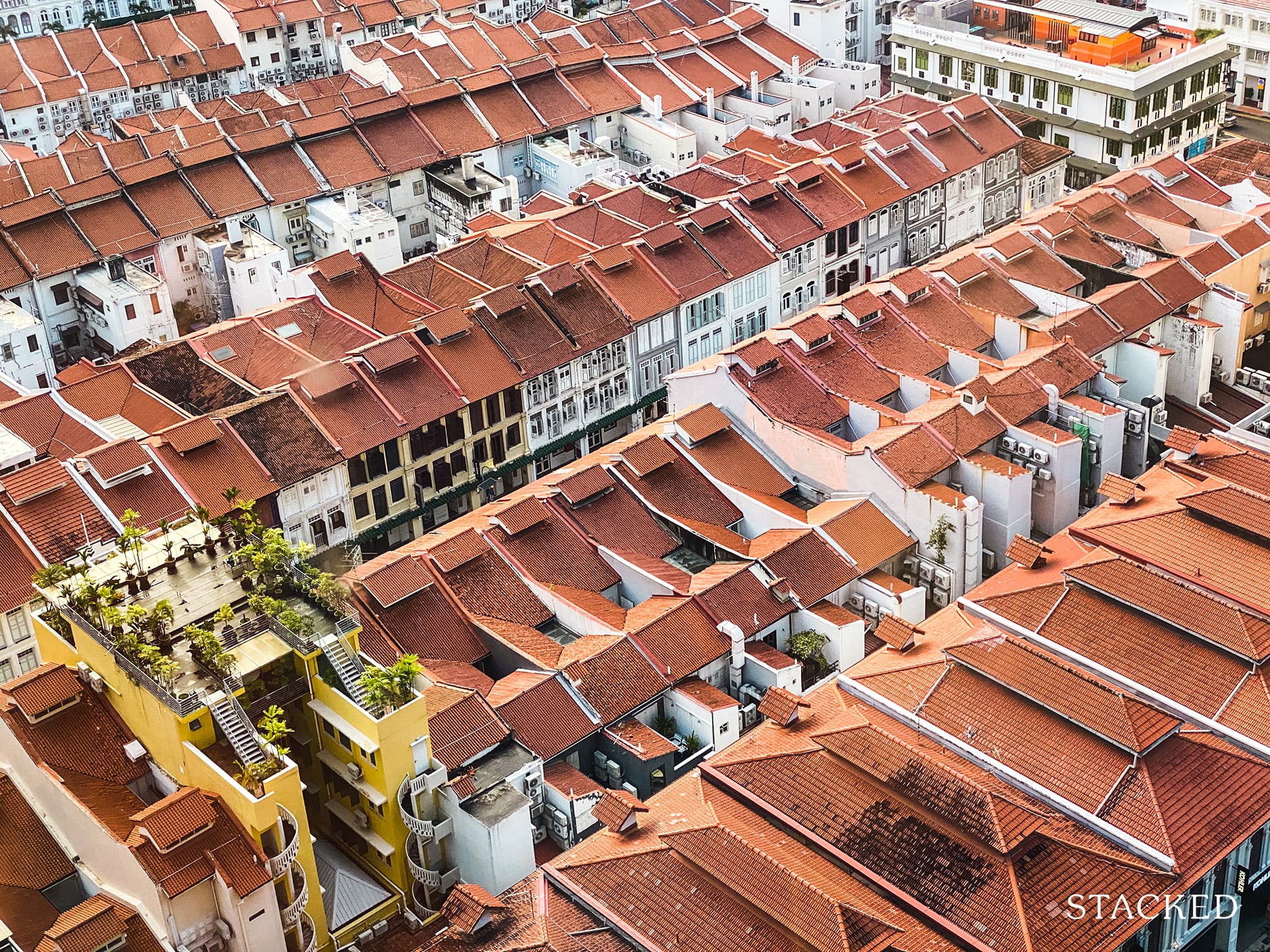
Singapore Property News $281.2M in Singapore Shophouse Deals in 2H2025 — But That Number Doesn’t Tell the Full Story
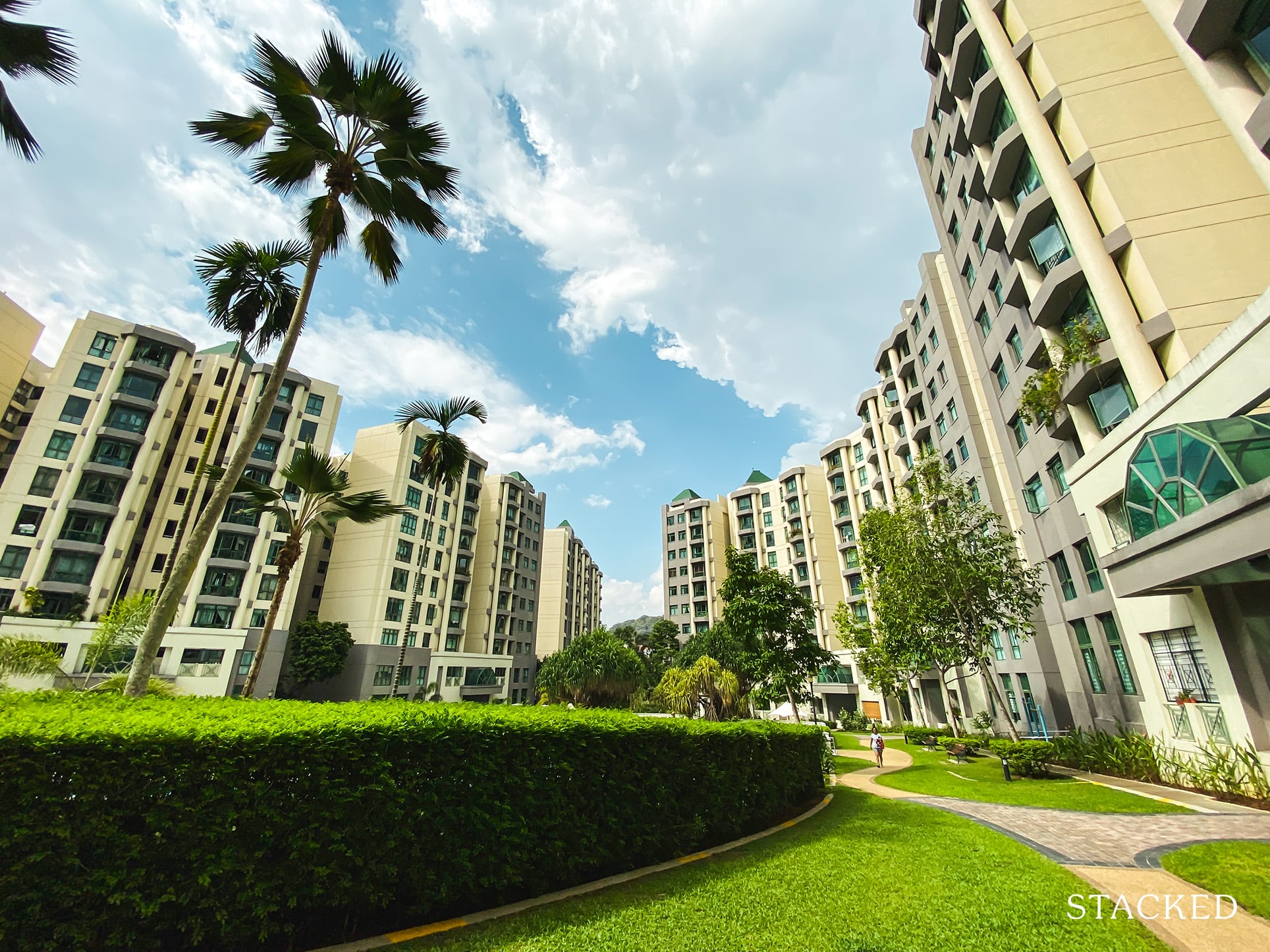
Property Investment Insights These Resale Condos In Singapore Were The Top Performers In 2025 — And Not All Were Obvious Winners

Singapore Property News CapitaLand–UOL’s $1.5 Billion Hougang Central Bid May Put Future Prices Above $2,500 PSF
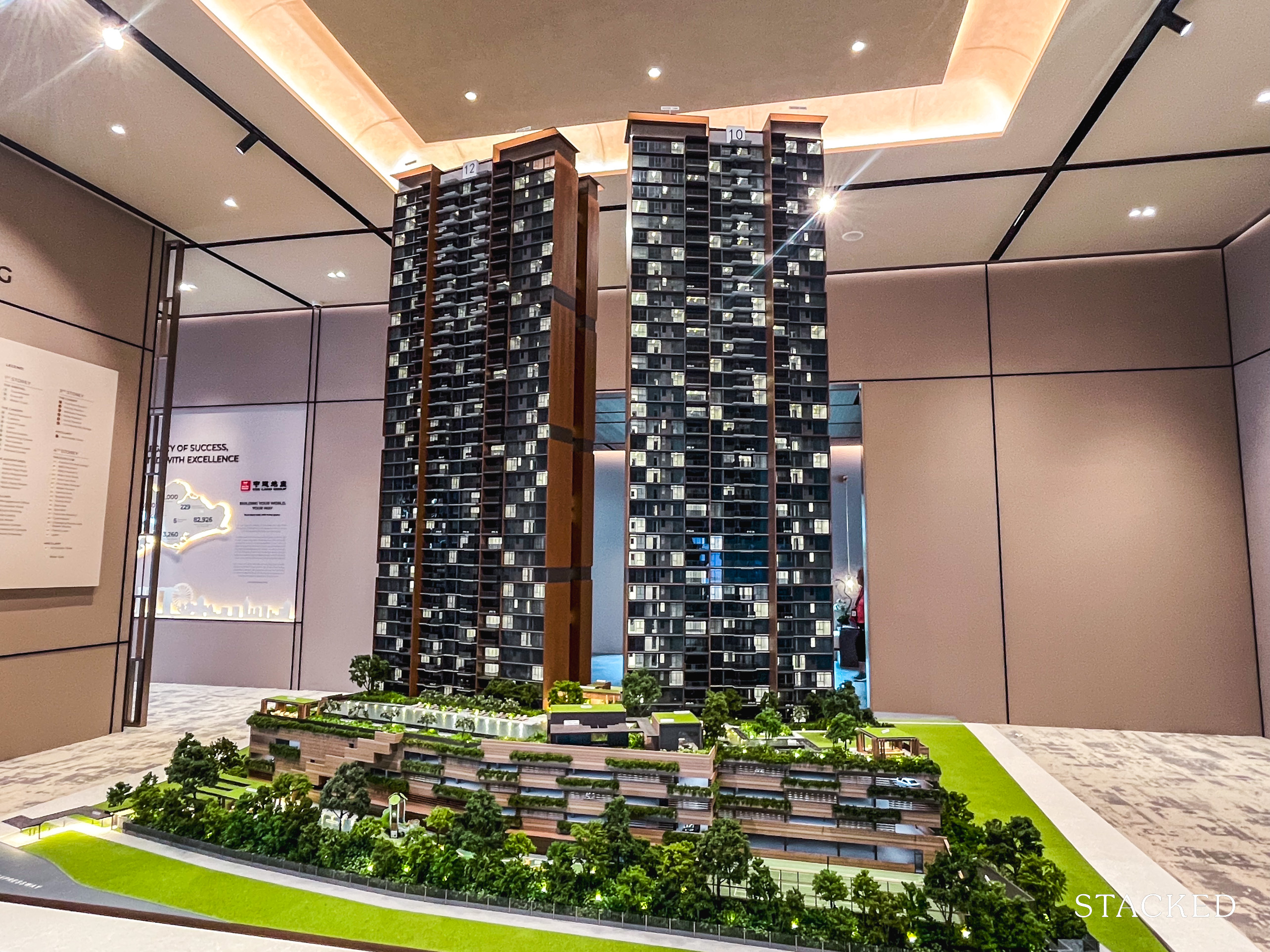
Singapore Property News Why New Condo Sales Fell 87% In November (And Why It’s Not a Red Flag)

Pro How A 944-Unit Mega-Condo In Pasir Ris Ended Up Beating The Market
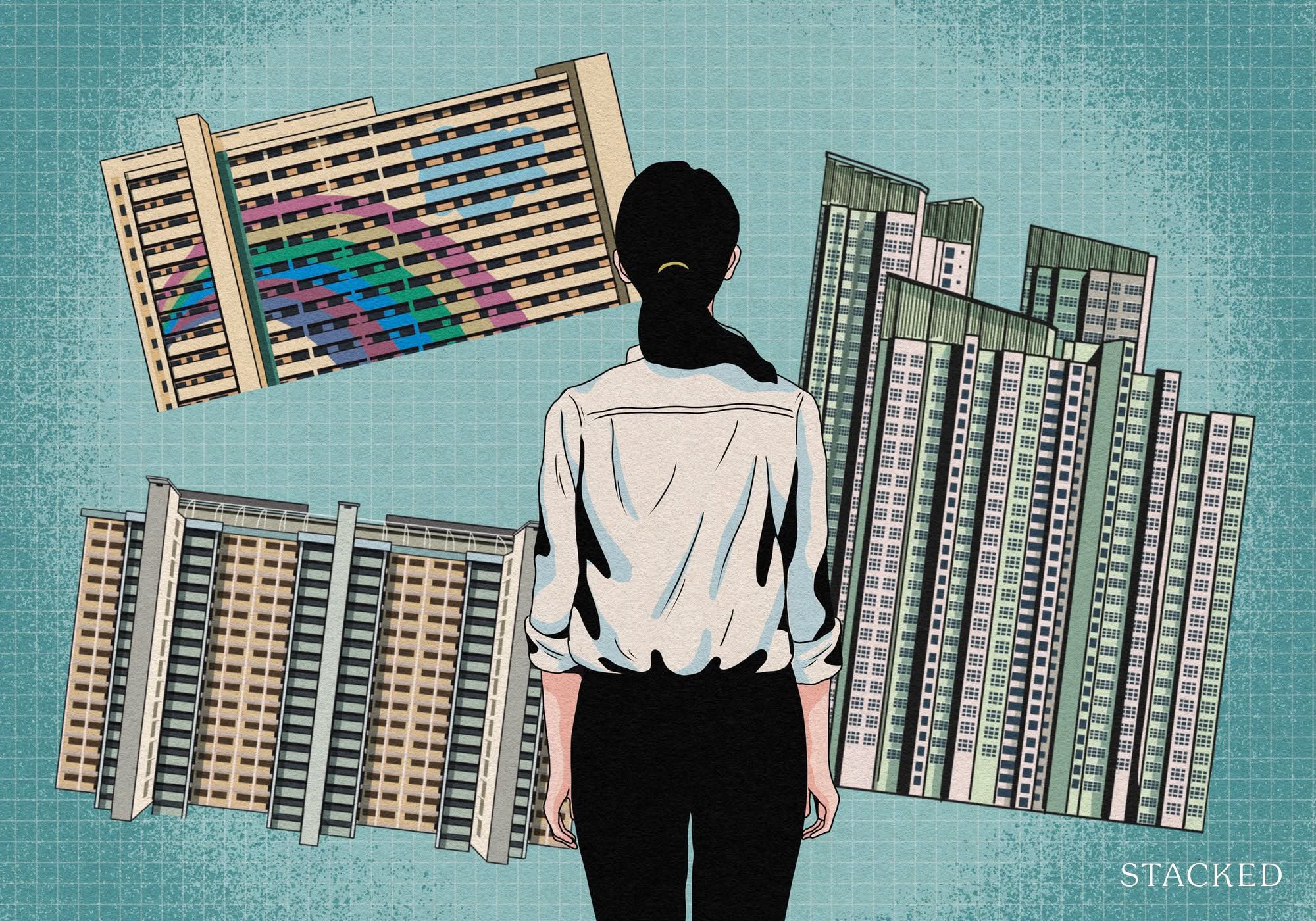
Property Investment Insights What Changed In Singapore’s Property Market In 2025 — And Why It Matters
